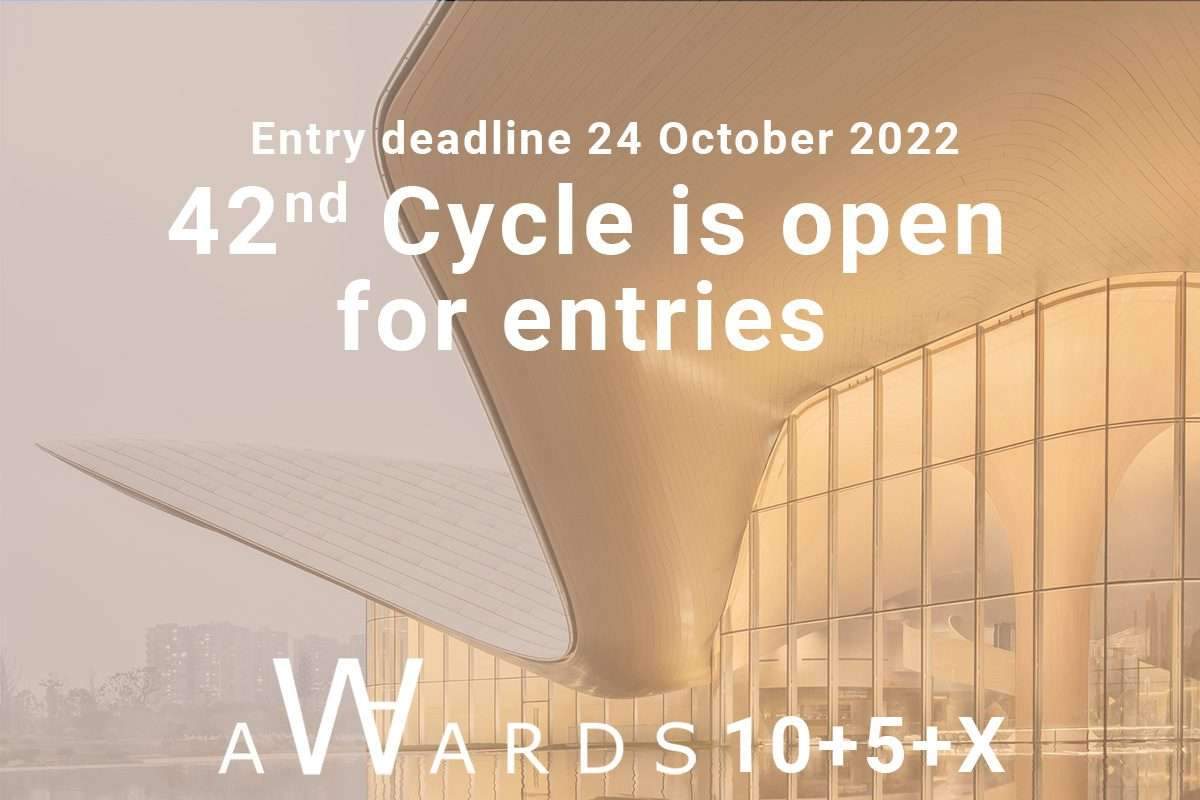Public Transport has been a really crucial part in enabling cities for a really while . they’re an inseparable element to any urban environment bringing the power to scale cities while sustaining the standard of spanning it. There are several urban infrastructures planted across the town that helps a far better use of this technique more sort of a dock. A dock where the complex human population meets this huge network of mass transit means.
The approach to developing them is usually top-down, due to many reasons – attributed to hurry scaling and deployment. And it’s true, every stop looks an equivalent from a development plan perspective – a dot on an enormous urban map. But conversely, every bus stand installed is a chance to unravel a requirement of a neighborhood if we see it bottom-up.
ON the bottom
Bus stands now serve a way larger demographic, especially in developing countries. And it’s a lifeline for the center class and migrant population. Its a system that’s very old and has changed tons from what it had been from the past, but it still requires tons of labor especially we see it as compared to non-public automobile companies who are ahead by leaps and miles ahead which serves only people that can afford them.
While mobility technology isn’t the purview of architects, a big a part of the experience happens at these docks. If a bus substitute every locality is differently used, can this new update for transportation system recognize this changing need? Can there be a replacement system of a stop design which will accommodate for this sort of usage that adapt from locality to locality?
BRIEF
The problem looks at a thought that every bus stand when looked in isolation features a different urban condition they belong in, the amount of individuals that use them and who create a replacement pattern.
The challenge is to style a modular bus stand system which will change from locality to locality, that solves one neighborhood of your choice as a pilot of this technique . The deliverable for this competition demands one bus stand only.
The design has got to be more sort of a system of parts, that has permutations and combinations which will adapt to varying needs of the urban intersections that they’re placed in.
OBJECTIVES
Problem Identification: There are many problems that exist in urban areas, but the selection of a relevant and important problem may be a must.
Modularity: How modular is your design solution and may be implemented at various locations with similar or different problems.
Security/Vandalism Proofing: How will the planning resist the theft and mishandling, by becoming a strong entity despite modularity.
Identity: How does the bus stand reflect the space it’s been placed in or the town it belongs to?
SITE
The site are often in any city of any scale within the world. there is no size limit, but the size should be of a generic stop . Please make sure that the bus substitute choice belongs during a multi-bus stop system and isn’t an isolated one sort of a highway.
This will make sure the system you design is applicable to more locations. While preparing your sheets, make sure you discuss the problems and therefore the site a touch before jumping on to the answer finding to sensitize viewers about the issues you’re watching .
Download the information related to this competition here.
-
Title
Better Bus Stops – Making public transport fun again -
Type
Competition Announcement (Ideas) -
Website
-
Organizers
Boun -
Registration Deadline
March 22, 2021 03:00 PM -
Submission Deadline
March 23, 2021 03:00 PM -
Venue
Worldwide -
Price
23 USD





